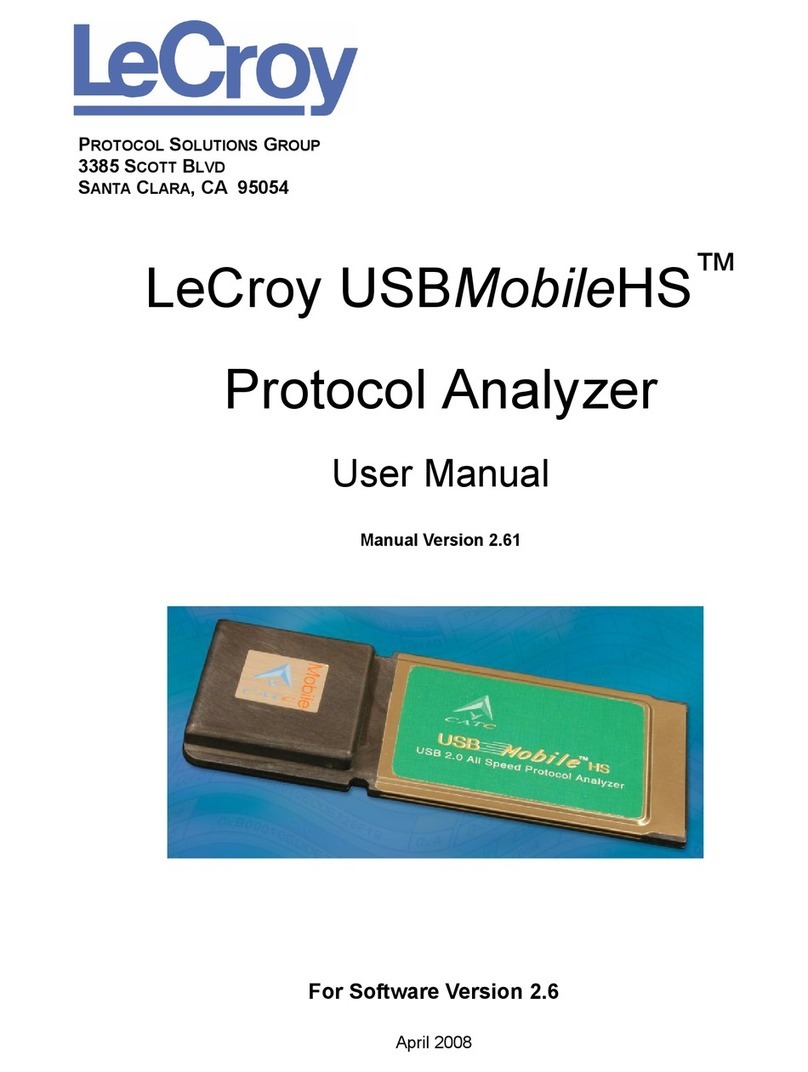LeCroy LSA1000 User manual
Other LeCroy Measuring Instrument manuals
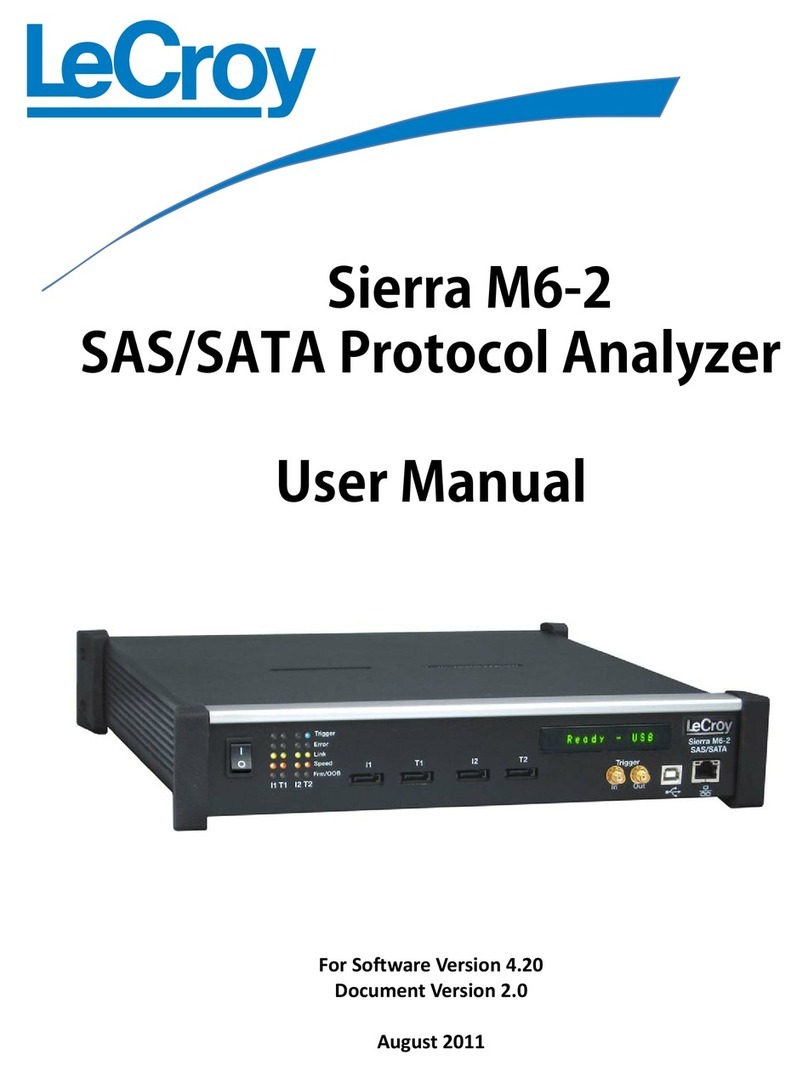
LeCroy
LeCroy Sierra M6-2 User manual
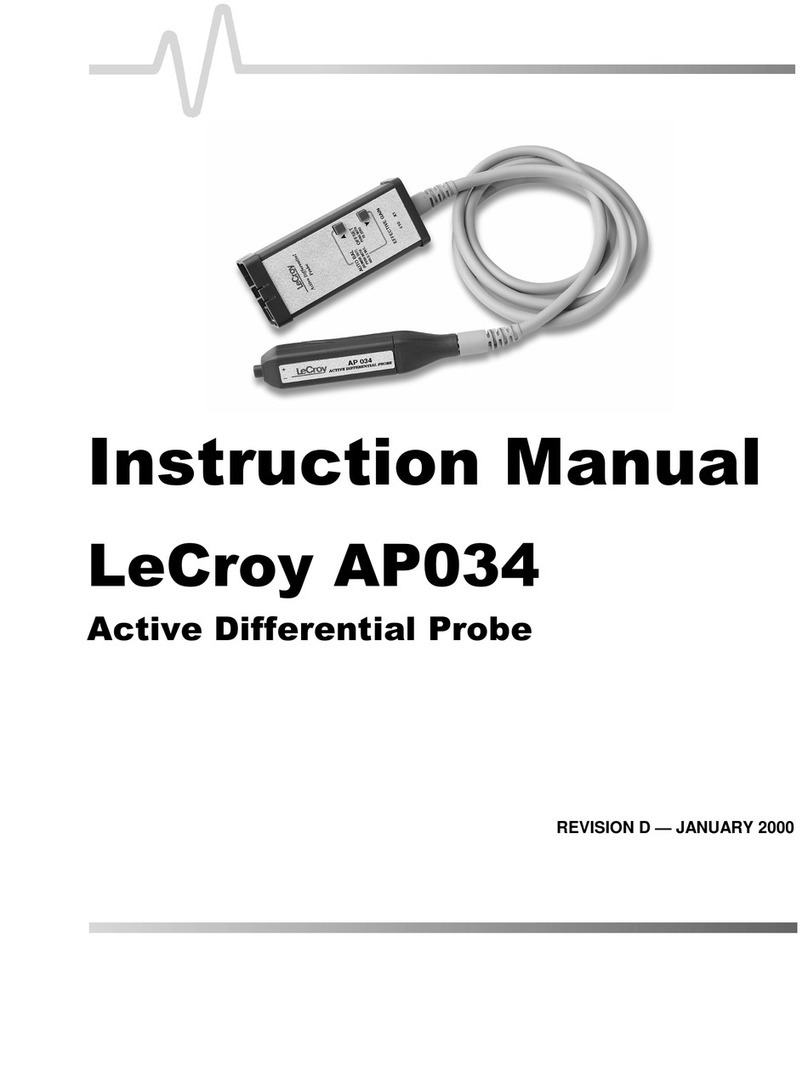
LeCroy
LeCroy AP034 User manual

LeCroy
LeCroy ZS1000 User manual
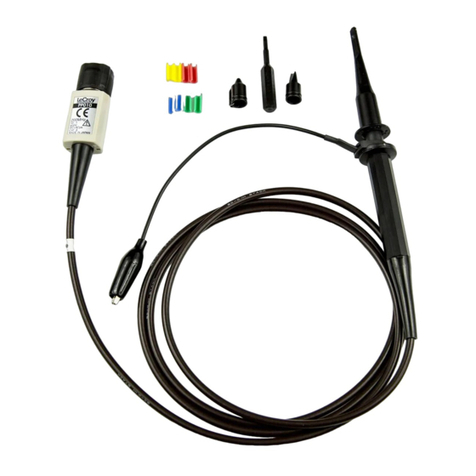
LeCroy
LeCroy PP010-1 User manual

LeCroy
LeCroy LogicStudio Parts list manual
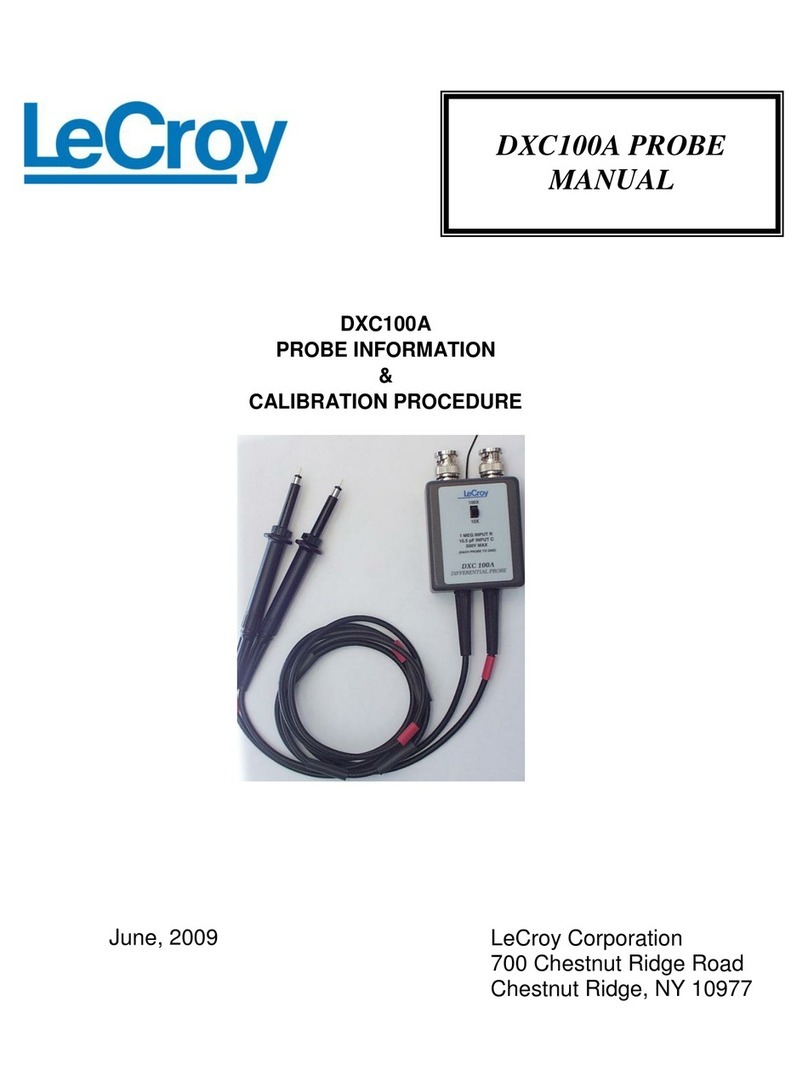
LeCroy
LeCroy DXC100A User manual
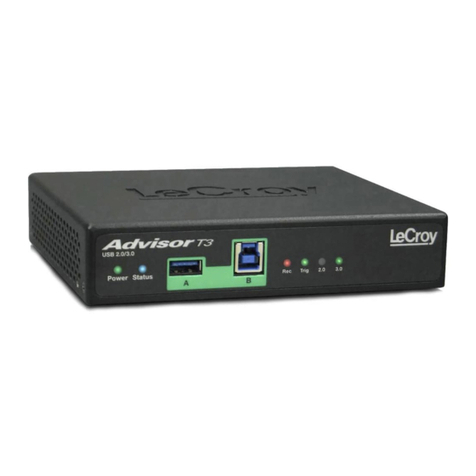
LeCroy
LeCroy USB Protocol Suite Advisor T3 User manual
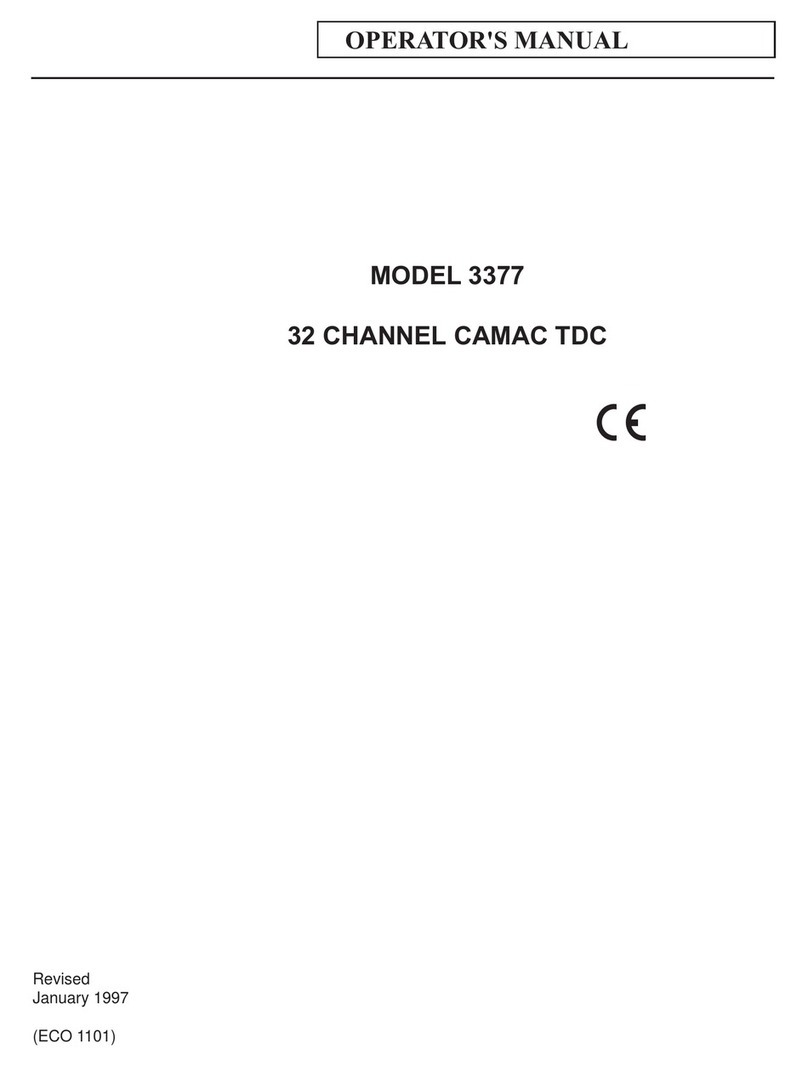
LeCroy
LeCroy 3377 User manual
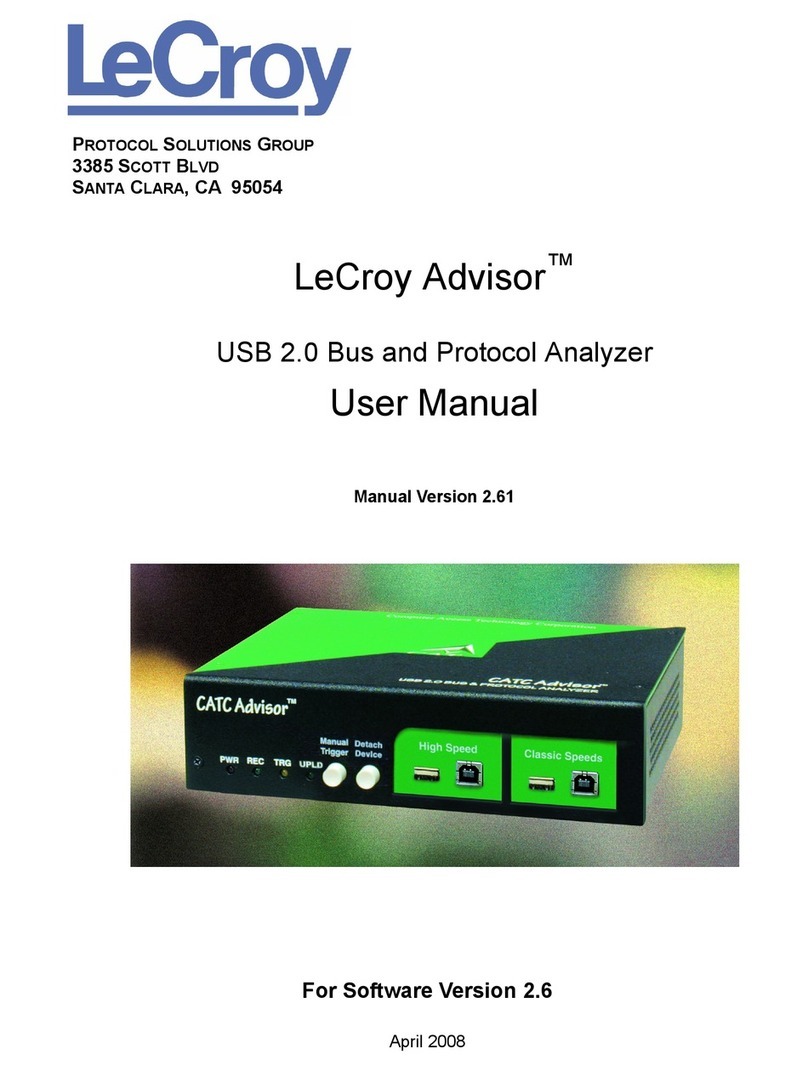
LeCroy
LeCroy Advisor User manual
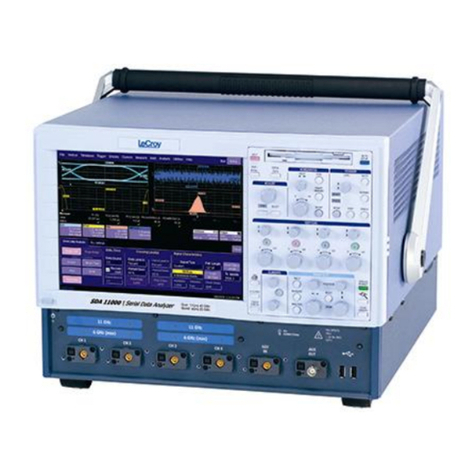
LeCroy
LeCroy SDA User manual
Popular Measuring Instrument manuals by other brands

Powerfix Profi
Powerfix Profi 278296 Operation and safety notes

Test Equipment Depot
Test Equipment Depot GVT-427B user manual

Fieldpiece
Fieldpiece ACH Operator's manual

FLYSURFER
FLYSURFER VIRON3 user manual

GMW
GMW TG uni 1 operating manual

Downeaster
Downeaster Wind & Weather Medallion Series instruction manual

Hanna Instruments
Hanna Instruments HI96725C instruction manual

Nokeval
Nokeval KMR260 quick guide

HOKUYO AUTOMATIC
HOKUYO AUTOMATIC UBG-05LN instruction manual

Fluke
Fluke 96000 Series Operator's manual

Test Products International
Test Products International SP565 user manual

General Sleep
General Sleep Zmachine Insight+ DT-200 Service manual
